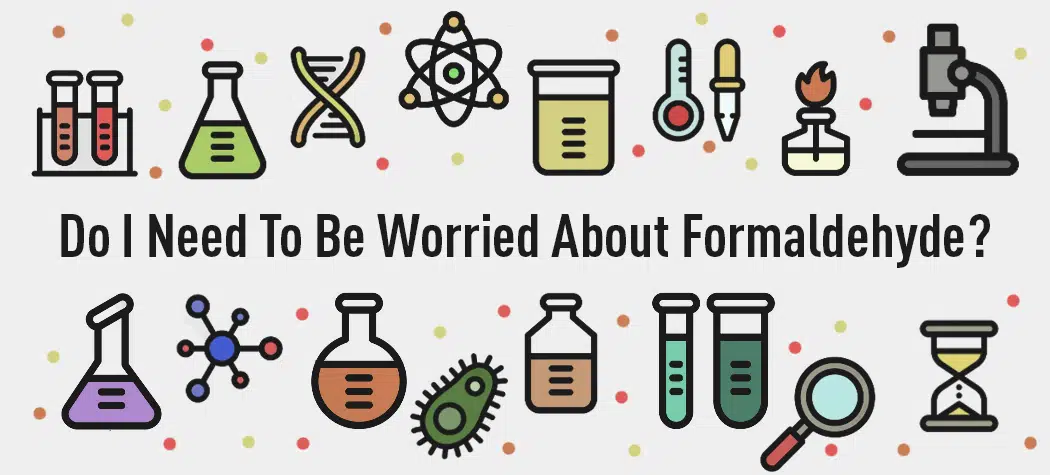Health Studies
Formaldehyde In Vapes… Is It A Concern?
One of the most common half-truths spread about vaping is the fear that it produces formaldehyde – but what do the experts believe?
One of the most common half-truths spread about vaping is the fear that it produces formaldehyde. Stories are spread in the media that try to whip up fear of electronic cigarettes, and yet the evidence shows that the research behind them is misleading and there has to be an ulterior motive at play. The relative risk of formaldehyde from vaping is far less than that of continuing to smoke.
What is formaldehyde?
“Formaldehyde is a colourless, corrosive, flammable gas with a pungent, suffocating odour,” says the UK government.
“Formaldehyde resins are used as adhesives and binders in many different industries that produce wood products, pulp and paper, synthetic fibres, plastics and coating and textiles,” which means that the gas is released in the home from our clothing, carpets, furniture, adhesives, paints, varnishes, lacquers, detergents and cleaning agents.
Formaldehyde is also produced naturally in the body and occurs naturally in fruits and some foods.
What propaganda do anti-e-cigarette activists spread?
They say that electronic cigarettes produce the chemical compound “that is used in embalming fluid”. Flawed studies also attempt to claim that “E-cigarettes can emit formaldehyde at high levels”.
Are those researchers forgetting the concept of relative risk?
Do you believe this product should be banned?
It contains:
- Calcium – linked to kidney stones
- Magnesium – linked to kidney problems, low blood pressure, urine retention, nausea and vomiting
- Sulphur – has its own hazardous substances fact sheet
- Phosphorus – causes the skin to melt from the bone
- Chlorine – a poisonous gas
- Sodium – causes burns
- Potassium – causes burns
- Iron – used to make swords, knives and hammers…and they can be very dangerous!
- Zink – skin irritation, vomiting, nausea and anaemia
- Lead – leads to death
- Cadmium – highly toxic
- Polyphenols – linked to kidney damage and tumours
- Amygdalin – possible rapid death
It’s an apple!
Paracelsus, a Renaissance physician, came up with the concept that “the dose makes the poison” – that “toxic substances are harmless in small doses and harmless substances are poisonous when over-consumed.”
As formaldehyde occurs naturally, it is the level that makes it dangerous.
How did the anti-vape researchers find large quantities of formaldehyde?
They ignored research by Dr Farsalinos.
In 2013, he demonstrated that formaldehyde is only ever produced in noticeable volumes when experimenters misuse vaping equipment. Through drying out the wick by taking too frequent puffs or operating it at too high a voltage, the researcher produces large volumes of formaldehyde by dry burning the wick. In real life, this shows itself as a dry hit while vaping and is something no e-cig user can tolerate.
Farsalinos has frequently criticised studies for replicating this flawed methodology and has produced further papers including Do flavouring compounds contribute to aldehyde emissions in e-cigarettes? In 2018.
What does Farsalinos recommend?
He has told researchers they need to be aware of their testing protocol. They should pay attention to:
- The number of puffs taken and does this reflect real-world use
- Are the power settings appropriate to the atomiser?
- The viscosity of the e-liquid (the PG/VG ratio)
- The temperature of the coil and vapour
What does this mean for vapers?
Proper studies show that the average exposure to formaldehyde is around 1microgram per day and that vaping exposes the e-cigarette user to an additional 0.08micrograms. This is drastically lower than the exposure to formaldehyde from smoking which is between 3.4 micrograms to 8.8 micrograms/cigarette.
So to summarise, using an electronic cigarette is roughly 42-110 times safer than smoking.
